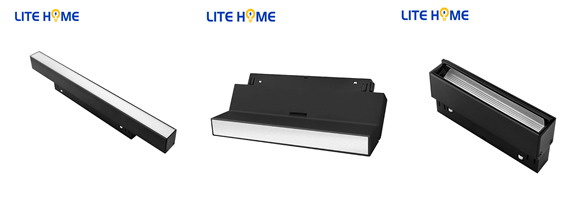According to information from Penn State University’s Materials Research Center, material scientists at Penn State University have recently discovered a new transparent conductive material that can make large-screen displays, smart windows, touch screens, and solar cells more efficient and cheaper. In an article published recently in Nature-Materials, an assistant professor of materials science and engineering, Roman Engel-Herbert and his team reported on a new material design strategy. In this work, they did not use conventional wide bandgap semiconductors, such as indium tin oxide or zinc oxide, but instead used two unusual metallic films, yttrium vanadate and calcium vanadate (10 nm thick).

Both of these materials belong to a strong associative metal, and the electrons exhibit a "liquid" property in strongly related metals. In conventional metals such as copper, gold, aluminum or silver, electrons mostly exhibit "gas" properties. Conventional metals generally exhibit high reflectance and high absorption characteristics. In the article, the authors explain why the strong associative metals have a great improvement in optical properties compared to conventional metals while maintaining high metal conductivity.
Professor Kenneth Peppermiller, director of the Center for Catalysis and Surface Science at Northwestern University, and James Longdinelli, professor of theoretical materials at Northwestern University, spoke highly of this work. They believe that Zhang and Engel-Herbert’s article was successful. The ground was challenged by people for a long time since the concept of transparent conductive materials was first proposed by Shannon in 1977 with the doping of semiconductors, and experimentally and theoretically proved that intrinsically strong associated metals can also be used. As a transparent conductive material.
"By changing the effective quality of the electrons, we make the metal more transparent," said Engel-Herbert. "We choose a material that has more interactions between electrons than its kinetic energy. Because of the strong association of electrons, electrons can "feel" each other, making them behave like "liquids" rather than interacting "gases." The electronic "liquid" is still very conductive, but the reflection in the visible light band is greatly reduced, thereby increasing the transparency.
Zhang Lei is the first author of this "Nature-Material" and is a Ph.D. student in the Engel-Herbert Research Group. Zhang was the first to realize this discovery. "Before joining the research group, I worked as a process integration engineer for two years in Silicon Valley. Many companies and even start-up companies are working hard to optimize the indium tin oxide and find potential alternatives. However, in the same material There is very limited room for improvement for optimization and improvement, said Zhang. "When we did related electrical measurements, I knew that strong associative metals would be a very likely alternative to indium tin oxide."
At present, the indium price is about 750 US dollars per kilogram, and the composition of yttrium vanadate (calcium) is much more abundant in the earth's crust. The price of vanadium is about 25 US dollars per kilogram, and calcium and barium are cheaper than vanadium. “The structure of strong-associated metal films is similar to that of indium-tin oxide films. From our understanding, yttrium vanadate (calcium) can be completely produced using the same manufacturing equipment.†Engel-Herbert said. If calculated at this price, the use of bismuth vanadate can reduce the cost by several dozen times.
The traditional transparent conductive material, indium tin oxide, has dominated the market for decades and has a market share of more than 90% of the display. However, in the past decade, indium prices have risen sharply, and display and touch screen modules have accounted for 40 percent of the production cost of mobile devices.
For a long time, memory chips and central processors have followed Moore's Law and become cheaper and cheaper. However, smart phones and flat panel displays have become more expensive due to size effects. Manufacturers have been looking for possible alternatives to indium tin oxide, but so far no material has been comparable to optical transparency, conductivity, and ease of manufacture, and yttrium vanadate (calcium) may become a A good alternative.
Magnetic Track Linear Lights are generally used to achieve basic lighting in LED Magnetic Track Light System. The beam angle of this lamp is 120°and 36°. The Linear Light is magnetically attached to the track, and there are safety buckles on both sides of the led lighting. This lamp has no flicker, high efficiency and have 3000k/4000k/5000k/6000k four color temperature for you to choose.

48v Track Lighting,Ambient Lighting Kitchen,Led Magnetic Track Light
SHENZHEN LITEHOME OPTOELECTRONIC TECHNOLOGY CO., LTD. , https://www.litehomelight.com